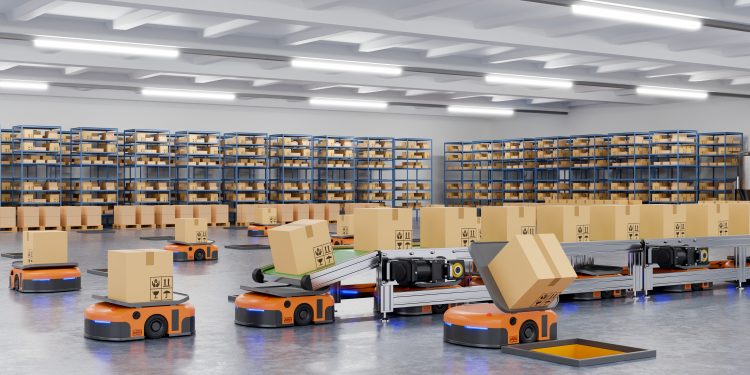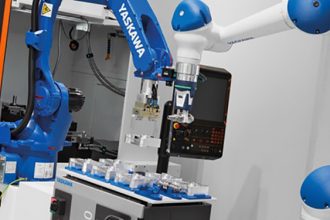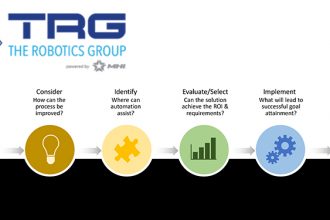From Vision to Reality: Implementing Robotics in the Modern Supply Chain

As robotics continues to revolutionize supply chain operations, successful implementation goes beyond simply acquiring the latest technology. It requires a phased and strategic rollout that aligns with business goals, workforce abilities, and operational needs. The 2025 MHI Annual Industry Report provides a roadmap for how organizations are navigating this transformation.
Phase 1: Strategic Planning and Vision Alignment
The journey begins with establishing a clear vision for robotics within the broader framework of end-to-end (E2E) supply chain orchestration. Organizations must consider the following questions: What specific problems are we aiming to solve? Where can robotics deliver the greatest value? This phase focuses on identifying key operational challenges, such as labor shortages, delays in order fulfillment, or inaccuracies in inventory management, and ensuring that robotics investments align with the organization’s long-term strategic goals.
Utilizing a strategy choice cascade, as outlined in the report, assists leaders in prioritizing technologies, defining success metrics, and integrating robotics initiatives into the company’s overall digital transformation strategy.
Phase 2: Pilot Programs and Proof of Concept
To reduce risk and foster internal confidence, many companies begin with small-scale pilot programs. These allow teams to test robotic systems in controlled environments, assess their performance, and refine integration strategies. For instance, NRI, a logistics provider, cut deployment time from six months to just two weeks by utilizing prebuilt integrations for autonomous mobile robots (AMRs), showcasing the benefits of modular and scalable solutions.
This phase is also essential for engaging the workforce—training employees, collecting feedback, and identifying champions who can support wider adoption.
Phase 3: Integration and Scaling
Once pilot programs demonstrate success, organizations proceed to full-scale implementation. This step involves integrating robotics with existing warehouse management systems (WMS), transportation management systems (TMS), and other digital infrastructures. Unified data is crucial at this stage; having real-time visibility into inventory, order status, and equipment performance allows for seamless coordination across the supply chain.
Robotic systems must be configured to operate effectively alongside human operators to ensure safety, efficiency, and adaptability. This phase often includes upgrading physical infrastructure, optimizing workflows, and ensuring interoperability between new systems and legacy systems.
Phase 4: Optimization and Continuous Improvement
The implementation of robotics doesn’t stop with deployment. The most successful organizations view robotics as a dynamic capability, continuously optimizing workflows, retraining staff, and using analytics to enhance performance. The emergence of agentic AI—autonomous systems that can make decisions and adapt in real time—introduces a new level of intelligence to robotic operations. This enables capabilities such as predictive maintenance, adaptive routing, and real-time disruption management.
Conclusion: Robotics as a Strategic Enabler
Robotics has evolved beyond a futuristic concept; it is now a practical and powerful tool for creating resilient, efficient, and scalable supply chains. However, its success relies on careful implementation. By adopting a phased approach—from developing a clear vision to optimizing processes—organizations can fully realize the potential of robotics and position themselves for long-term success in an increasingly complex global marketplace.
Learn more about The Robotics Group (TRG): mhi.org/trg
For further articles from the The Robotics Group (TRG):
Maximizing ROI and Mitigating Risks with Robotics
How Robots Positively Impact the Labor Shortage
How to Justify the Cost of Robotics–Part 1



